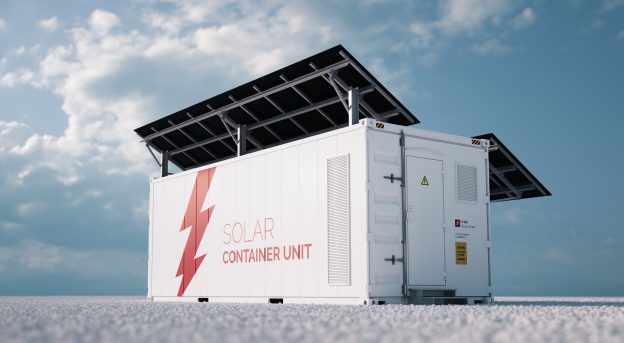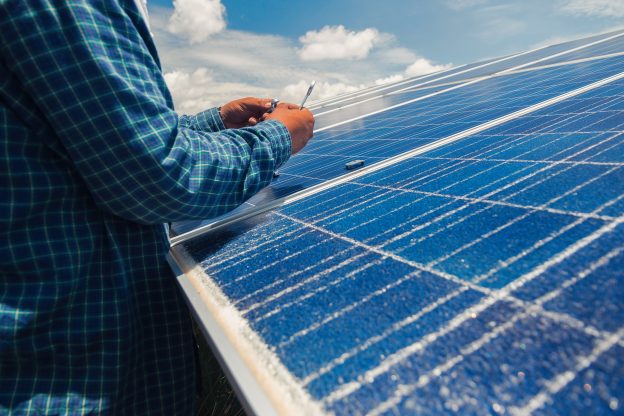Texas is committed to developing solar energy, with 120 solar power plants planned in the next three years but counterintuitively, Texas is ignoring battery energy storage systems.
California has always been the center of solar energy development in the United States. Looking forward to the future, 16GW of solar energy will be built by the end of 2024. At the same time, nearly 99% of California’s plants are equipped with battery energy storage systems. Texas is also catching up. According to the solar energy plan of Texas, it hopes to install 28GW within 3 years, 50% more solar than California, but only 28% of Texas power plants plan to install battery storage systems, which may be slightly insufficient.
According to the Electric Reliability Council of Texas (ERCOT), Texas has 9.1 GW of solar capacity but less than 1.5 GW of storage capacity for hybrid solar+battery plans. That compares with California's 16.4 GW of solar capacity and 13 GW of storage capacity, according to the California Independent System Operator (CAISO).
This may be because the "duck curve" problem has been known for a long time as the penetration rate of renewable energy in California has grown. That is, a large amount of solar power floods into the power grid during the noon peak power consumption period. However, in the face of another wave of peak power consumption at night, photovoltaic power generation has no effect due to the sudden dropof power at sunset. Therefore, power dispatching and grid stability are challenged.
In response, the California Public Utilities Commission (CPUC) has already required power companies to put forward a 10-year forward-looking plan in Integrated Resource Planning (IRP) to address grid stability, transmission and distribution scheduling, and flexibility needs.
The IRP continues to emphasize the importance of testing and deploying battery energy storage systems to meet the baseload reliability and demand of the grid, which is why California continues to invest in large-scale, long-term energy storage plans. After all, California aims to achieve 100% carbon-free electricity by 2045, which will require a large number of energy storage systems to stabilize intermittent renewable energy generation.
However, ERCOT has no comprehensive resource planning. There are five major power suppliers in Texas and thousands of retail energy supply companies work in their respective regions or cooperate across regions. pv-magazine believes that, although this feature spurs electricity systems to remain competitive, in the long run his system may obscure grid demand clarity and oversight issues.
ERCOT estimates that solar and wind power generation in Texas could be reduced by 7 GW in 2035 if transmission constraints do not improve.
(Image:Flickr/Bureau of Land Management CC BY 2.0)







